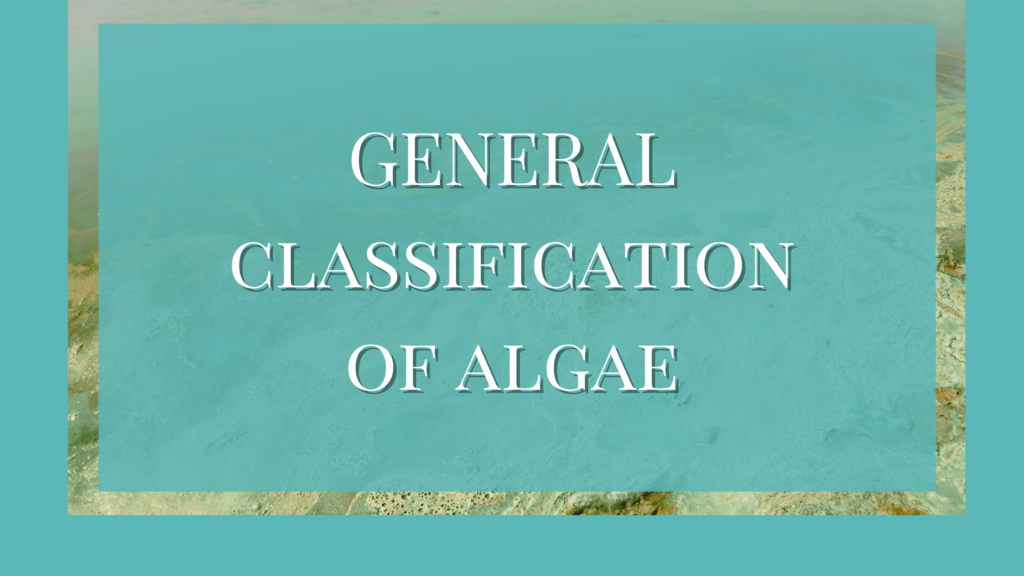Asexual reproduction in algae happens when the protoplast of algal cells is transformed into a spore-like structure capable of growing into an individual plant. In algae, asexual reproduction happens under both favorable and unfavorable conditions.
In some algae, this will be their only option to reproduce. Asexual reproduction happens in algae that do not have a distinct male or female thallus organization after the process of mitosis.
Any ordinary vegetative cell or a modified cell can produce spores. Such spore-producing cells are called sporangium. The spores inside a sporangium can be motile or non-motile. Depending upon its formation, structure, etc, these spores are of different types.
Zoospores
Zoospores are the motile spores produced by asexual reproduction. Zoospores lack a cell wall and can be produced with a pair or four flagella. Flagella are mainly positioned anteriorly. Brown algae have lateral flagella. These zoospores are unicellular. The cell that produces zoospores is called zoosporangium.
Each zoosporangium produces a single or sometimes more than one zoospore. They are expelled through the small opening on their walls. The released zoospores swim about in the water for some time settle down on a solid object and secure themselves with a wall around it.
Subsequently, the zoospores retrieve its flagella followed by the disappearance of vacuoles and eye spots. It will then grow into a new individual.
Zoospores of members of Xanthophyceae are called synzoospore having numerous flagella in pairs and multiple nuclei. Eg. Ulothrix, Oedogonium, Chlamydomonas, Ectocarpus, etc.
Monospores, Bispores and Paraspores
Monospores are the most common type of asexual spores in Rhodophyceae. These are distinguished from spermatia by their generally larger size and the presence of plastids. These are the only reproductive means of simple filamentous members of Bangiales.
In Bangia and Porphyra, monospores occur in both the conchocelis and macroscopic phases. In Nemalionales, some species of Audouniella reproduce exclusively by monospores. These spores are reported in Prasiola of Chlorophyceae.
Research shows that in Porphyra, oxidative stress could induce apomixis and produce a diploid generation, without any fertilization between gametes.
Bisporangia are reported in the tetrasporophytes of Rhodophyceae (which may be stages of tetrasporangia) and some crustose members of the Corallinales, binucleate sporangia are apomeiotic in the latter and are presumably a mechanism for the asexual reproduction of the tetrasporophytic phase.
Paraspores are also found in Rhodophyceae and are regarded as irregular masses of monospores. In Plumaria elegans and Ceramium strictum, they occur in the asexual triploid generations.
Aplanospore
Aplanospores are the non-motile spores produced by algae. These are developed from the protoplast that gets separated from the parent cell. There could be a single aplanospore from a cell or multiple spores inside a single cell. These spores will have a distinct but thin cell wall. These are considered zoospores that do not have a flagellum. Eg. Vaucheria, Ulothrix, etc.
Autospore
Asexual reproduction of algae by aplanospores occurs and they are morphologically similar to their parent cells but differ in their size, they are called autospores. Eg. Chlorella.
Hypnospore
The thicker-walled aplanospores produced under unfavorable conditions are called hypnospores. Hypnospores grow into individuals when the conditions are favorable. The protoplast of these spores can produce zoospores as well. Hypnospores of Chlamydomonas may be colored red due to the presence of pigments in them. Another example is Sphaerella.
Tetraspores
When aplanospores are formed from sporophytic algal parts (diploid) and are produced as a group of four, they are called tetraspores. In brown algae, specialized cells called tetrasporangia, are formed that release non-motile tetraspores. They are haploid and are produced from diploid cells. They belong to the sexual spores known as meiospores and gonospores. Eg. Polysiphonia.
Asexual Reproduction in Algae by Akinetes
Akinetes are resting cells waiting for favorable conditions for their germination. Such asexual reproduction in algae enables them to survive these unfavorable conditions. Under unfavorable conditions such as extreme cold or other conditions, vegetative cells with high food reserves develop thick walls around themselves.
The protoplasm and other organelles inside these cells degenerate. It undergoes dormancy and will be photosynthetically inactive. Akinetes have abundant food reserves and are usually formed near the heterocyst. These resting cells will be dormant until the conditions are favorable and then they get detached and develop into new plants. Eg, Pithophora and Nostoc.
Carpospore
The asexual reproduction of algae by carpospores is seen in members of Rhodophyceae. In these algae, the zygote undergoes multiple divisions while inside the carposporangium to produce diploid spores. Eg. Batrachospermum and Porphyra.
Exospores
Exospores are developed externally and are formed by the cleavage of vegetative cells from the ends. When the protoplast of the algal cell protrudes out of the cell and gets separated into spherical spores, they are called exospores. Eg. Chamaesiphon.
Endospore
Endospores are the result of binary fission of certain enlarged vegetative cells. They are produced when the protoplast multiplies inside the cell to form perfectly round spores. These spores are non-motile and are seen in Dermocarpa.





Sending thanks your way! 💌